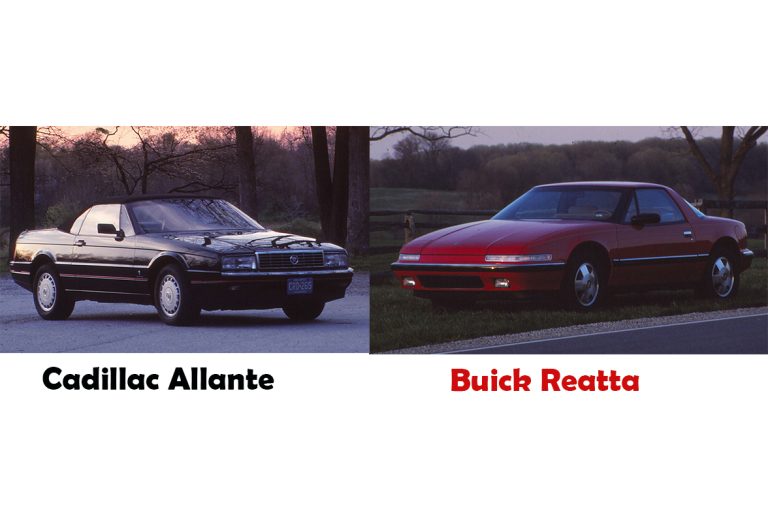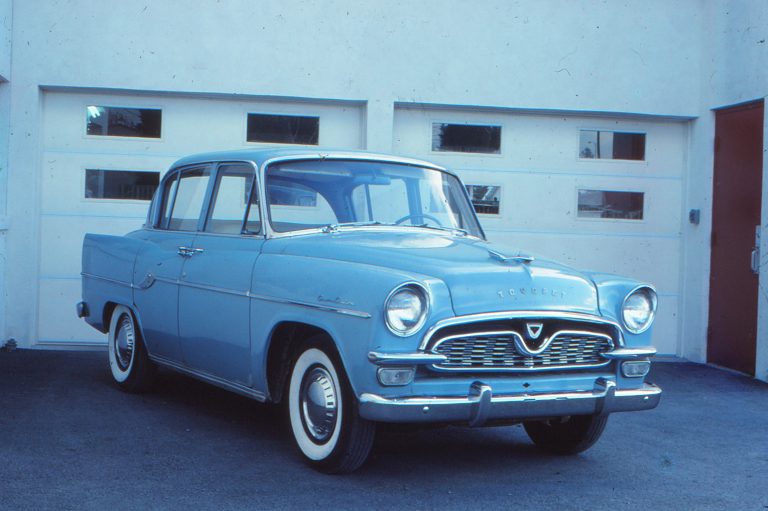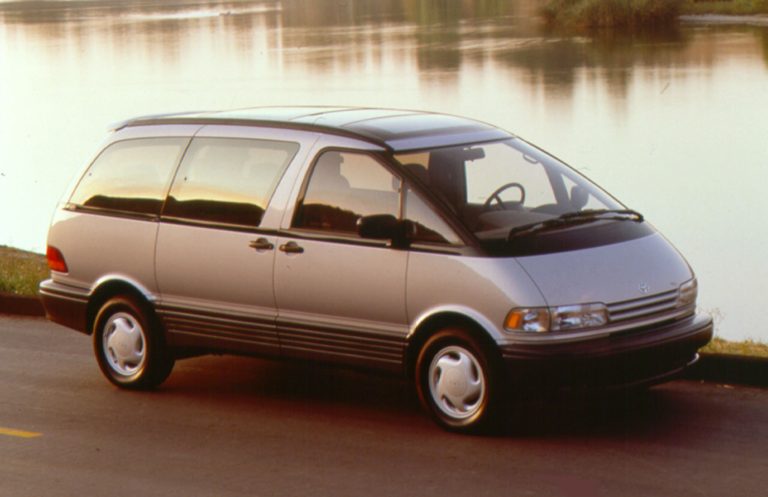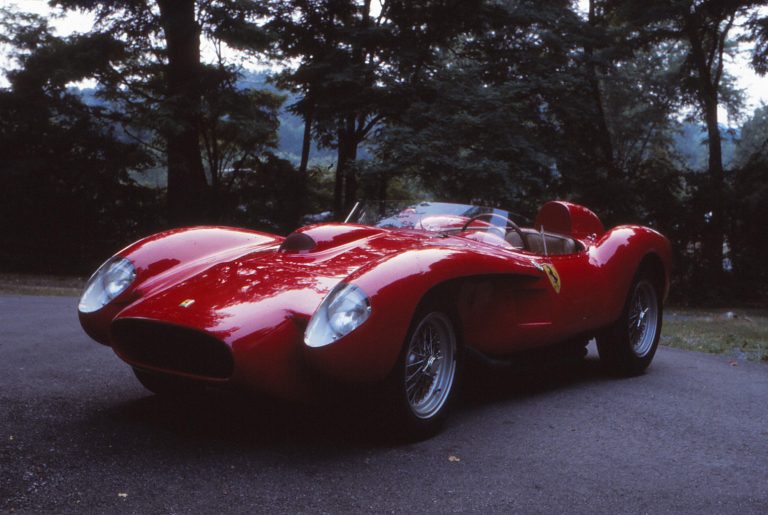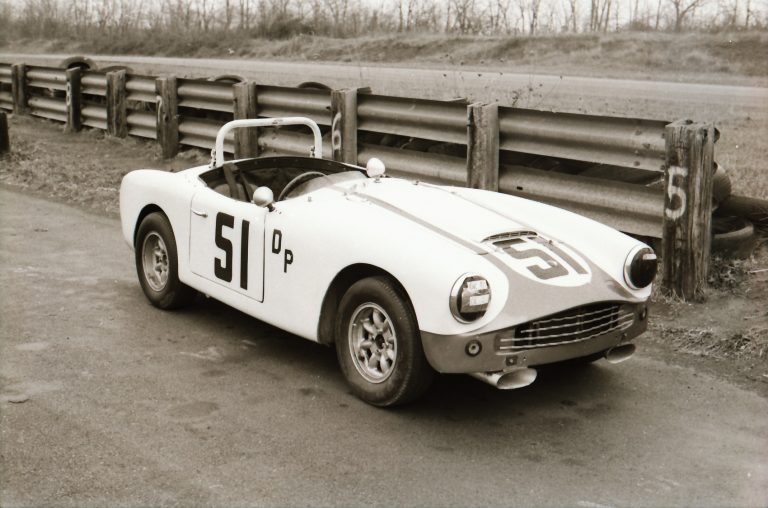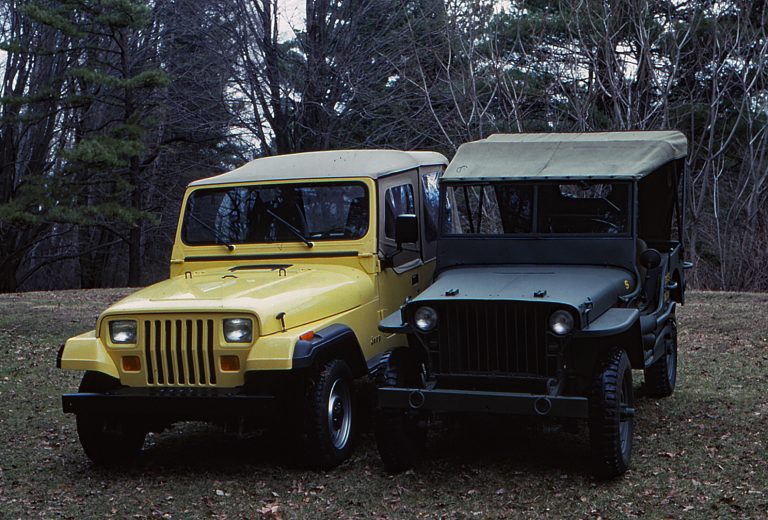History originally published is Illustrated Volvo Buyer’s Guide (1993) by John Matras
It left as quickly as it had, leaving hardly a ripple to mark its passing. Yet for an exotic Volvo, one would be hard-pressed to find a better example than the 1900.
The short story of the P1900 began in 1953 when Assar Gabrielson made one of his periodic visits to the United States. He observed the booming interest in sports cars in the country, not only the imported MGs and so forth, but also the Italo-American Nash-Healy and the wholly domestic Chevrolet Corvette. The latter with its fiberglass body must have been particularly intriguing, for Gabrielson included in his itinerary California fiberglass firm Glasspar, which was making boats and car bodies, such as the Woodill Wildfire. With importation of the PV444 pending, what better way of attracting American attention than a sports car?
Glasspar had a design in Gabrielson’s hands before he left for home, and he forwarded it to Sweden with instructions to develop a suitable chassis. Glasspar had prototype bodies arriving in Göteborg not much later, although none of them would be used, Volvo intending to use its own.
The frame developed – the PV444 unit-body not amenable to use, and the PV445 not appropriate – was steel tubes and rugged side-members, with independent front suspension and a live axle on coil springs at the rear. The engine was the B14A with twin SU carburetors and rated at 70bhp at 5500rpm. Although a ZF five-speed manual transmission had been considered, the in-house three-speed manual, complete with a shifter that seemingly could double as a meter stick, was used.
Several modifications to the Glasspar design were made in Sweden, though it’s racy open-mouthed grille and headlights well integrated into the fender liner remained. It was an attractive automobile, especially for the era, one that today remains handsome is not up-to-date.
The car made its public showing at Torslanda Airport near Göteborg on June 2, 1954, and its auto show debut at Brussels in January 1955. Testing then took place in Sweden during 1955 where a number of defects were found and corrected. Deliveries to customers actually didn’t begin until the spring of 1956, sales being made in Sweden as well as abroad. Demand, however, proved low.
A mere forty-four cars were made in 1956 and only twenty-three in 1957, with most of the latter year’s cars bound for the United States. A total of twenty-seven are believed to have been sent to America in all. Most of the thirty-eight cars sold in Sweden are said still to be in existence, though only a handful survive in the United States, fewer still restored.
What killed the P1900, in addition to low sales, was the opinion of Gunnar Engellau, who had taken over as chief at Volvo in 1956, that the car was not up to Volvo standards. Furthermore, it was expensive to produce and didn’t fit into Volvo’s product line. Engellau pulled the plug. Those few cars that remain are rolling might-have-been. Even still, the P1900 was Europe’s first fiberglass car and the inspiration for the P1800.
What to look for Good hunting. There are only a handful of these Nordic nightingales known to be in the United States, and only a couple of them are in good condition. Those in Europe are likely to carry high prices. On the other hand, you may discover one festering in a barn somewhere – it still happens – and the cars’ scarcity makes restoration of even a find in poor condition not only worthwhile but morally imperative. Of course, it won’t be cheap, and finding parts for the B14 engine won’t be any easier for the P1900 than the PV444. But if scarcity is any measure, this is the king of the postwar Volvos—which is ironic, because from a practical sense, it was Volvo’s worst car. It’s best, however, not to question these things.



